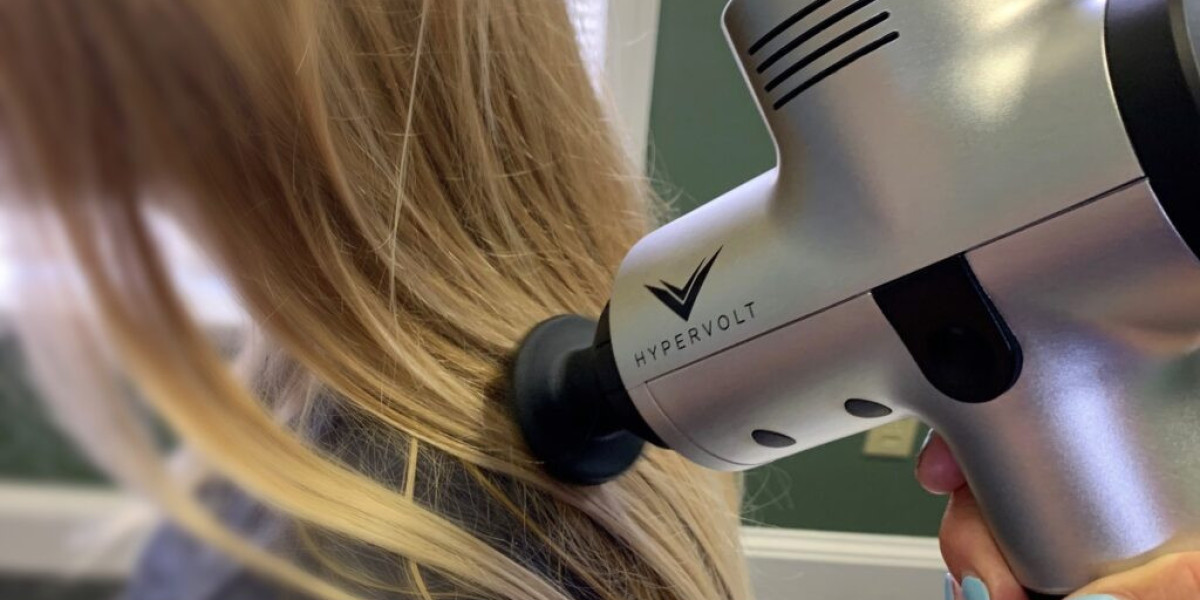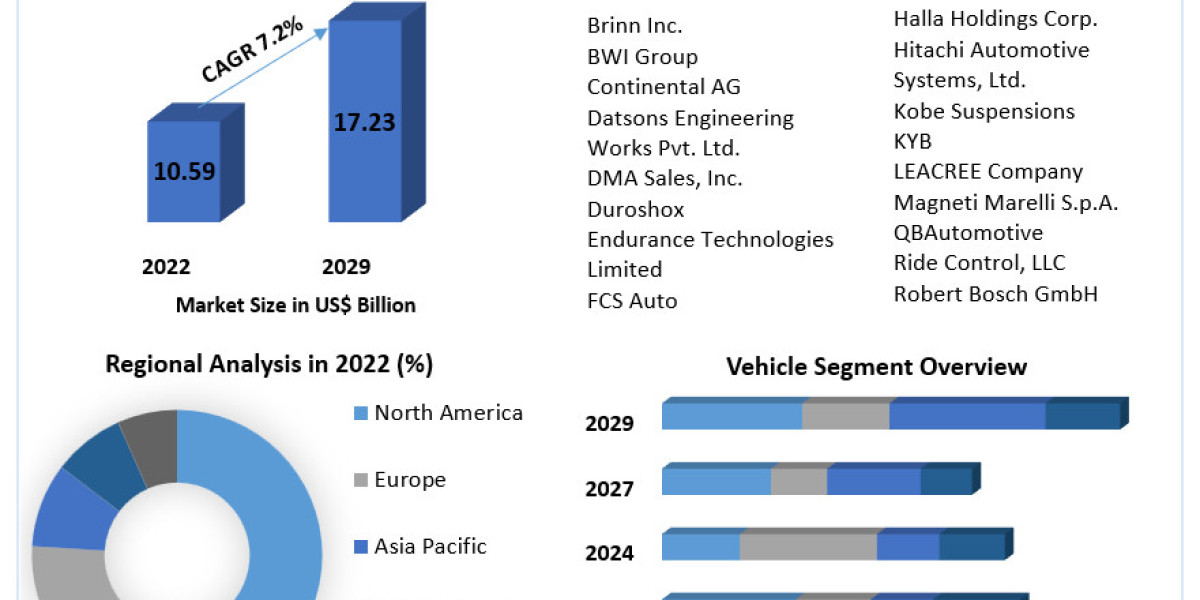Early Beginnings of Percussion Therapy
Percussion therapy, also known as tapotement, has been used for centuries in various forms. The practice can be traced back to ancient civilizations such as the Egyptians, who used hand tapping to reduce pain and inflammation. In Chinese medicine, percussion techniques were employed to improve circulation and promote healing. Throughout history, different cultures have utilized some form of percussion therapy for therapeutic purposes.
Development of Modern Percussion Therapy
The modern concept of percussion therapy as we know it today began to take shape in the 19th century. Pioneers in the field of manual therapy, such as Swedish doctor and gymnast Per Henrik Ling, developed techniques that involved rhythmic tapping to stimulate muscles and nerves. These early practices laid the foundation for the development of modern massage therapy and physical therapy.
Introduction of Percussion Massagers
In recent decades, technological advancements have revolutionized the field of percussion therapy with the introduction of percussion massagers. These handheld devices use mechanical vibrations to deliver targeted pressure to soft tissues, helping to release muscle tension and reduce pain. Percussion massagers have become popular among athletes, physical therapists, and individuals seeking non-invasive pain relief.
Benefits of Percussion Therapy
There are several benefits to using percussion therapy for soft tissue pain. One of the primary advantages is its ability to target specific muscle groups with precision, allowing for deeper penetration than traditional massage techniques. Percussion therapy can also help improve blood flow, reduce muscle soreness, and enhance overall mobility. Additionally, many users report feeling relaxed and rejuvenated after a percussion therapy session.
Scientific Evidence and Research
The effectiveness of percussion therapy in treating soft tissue pain has been supported by scientific research. Studies have shown that percussion therapy can help reduce muscle fatigue, improve range of motion, and accelerate the recovery process after strenuous exercise. Furthermore, research indicates that percussion therapy may help decrease levels of the stress hormone cortisol, leading to a greater sense of relaxation.
Popularity and Accessibility
As percussion therapy continues to gain recognition for its therapeutic benefits, the market for percussion massagers has expanded significantly. These devices are now widely available for purchase online and in retail stores, making them accessible to a broader audience. Many massage therapists and healthcare professionals incorporate percussion therapy into their treatment offerings, further increasing its popularity.
Lastly, The future of percussion therapy looks promising, with ongoing advancements and innovations in technology. Manufacturers are continually refining percussion massagers to make them more effective, portable, and user-friendly. Additionally, researchers are exploring new applications of percussion therapy, such as its potential use in rehabilitation settings and chronic pain management. With continued research and development, percussion therapy is poised to play a significant role in the future of pain relief.








